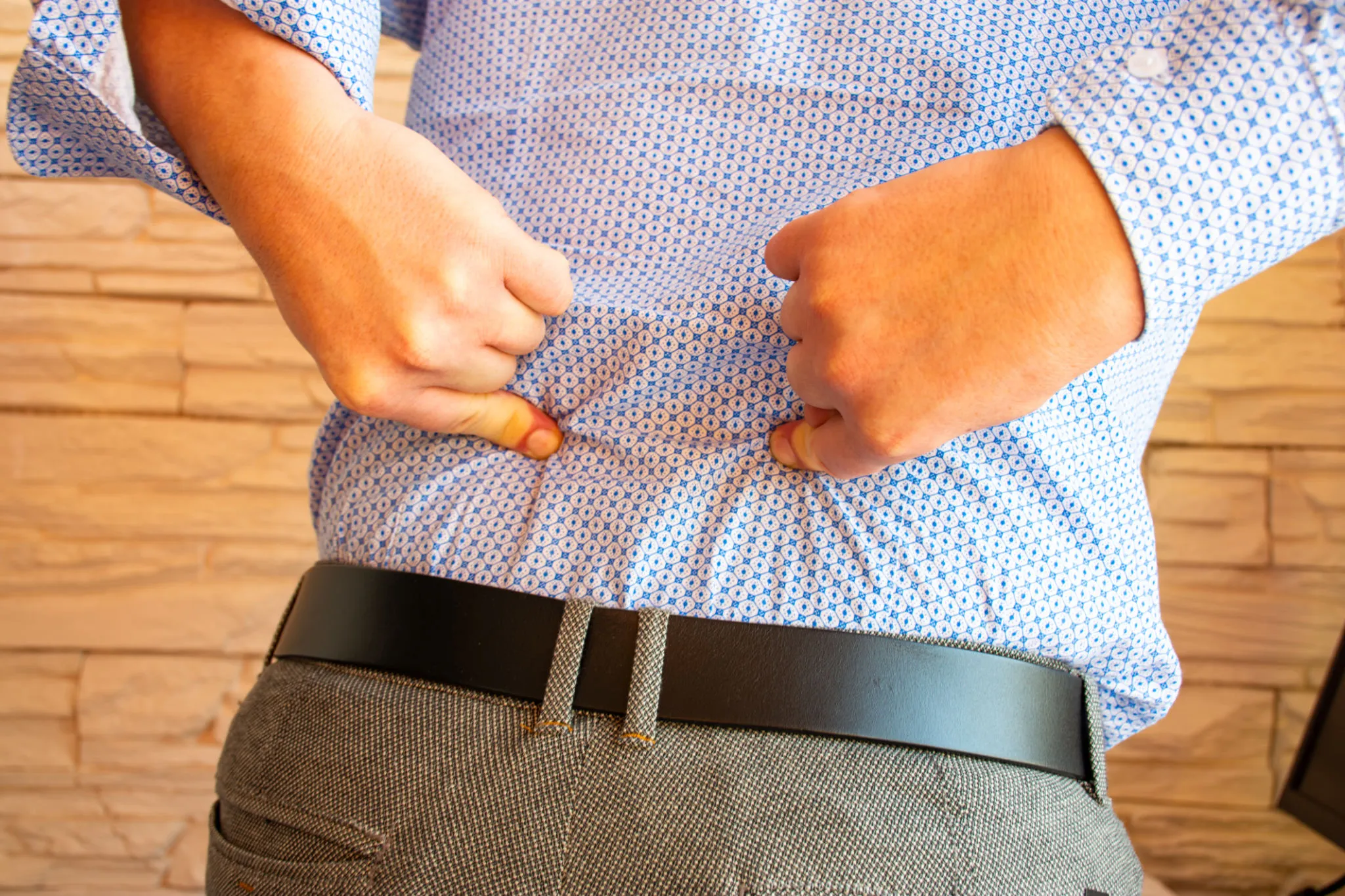Multilevel degenerative disk disease (MLDD) refers to a number of painful conditions caused by bulging, herniated, and/or ruptured discs. These problems can cause neck and back pain. The symptoms vary from person to person. Some people only experience numbness and tingling in their arms while others may feel severe muscle spasms.
The problem with MLDD is that it usually does not go away on its own. For some, there will be a temporary improvement after they take the necessary medications and exercises. However, most patients have to undergo an operation to relieve the symptoms.
Here are the three main causes of the condition:
• Herniation – when parts of the spine are protruding outwards because of pressure.
• Bulge – this happens due to the thickening of the ligaments around the spinal cord.
How to Deal with Multilevel Degenerative Disc Disease
Multilevel degenerative disk disease (MLDD) is a condition that can affect many people. The symptoms include pain, numbness, weakness, tingling, and stiffness in the neck, arms, legs, and back. If you have MLDD, you should try to keep your weight down. This will help reduce stress on the spine. You also need to make sure that you don’t sit at a desk all day.
In addition to keeping your weight low, you can take other steps to prevent the onset of this problem. For example, you should exercise regularly and avoid heavy lifting. It’s important to wear a seat belt whenever you’re in an automobile.
If you are diagnosed with MLDD, then you’ll likely be given some type of medication. However, it may be possible to treat the condition without drugs. In fact, there are several natural remedies that you might want to consider.
What Is Multilevel Degenerative Disc Disease?
Multilevel degenerative disc disease (MLDD) occurs when a person’s spinal discs become damaged. This can cause pain, numbness, tingling, muscle weakness, and other symptoms. There are two main causes of MLDD: trauma to the spine and genetics. Trauma to the spine can be caused by accidents, falls, sports injuries, and car crashes. Genetics can also lead to the development of MLDD. People who have family members with this condition are more likely to develop it as well.
When a person experiences an injury to the spine, it can result in damage to the discs. The most common type of injury is a herniated disc. A herniated disc happens when one or more discs rupture. It may occur when the outer portion bulges outward. Another kind of herniation involves the inner part of the disc rupture.
A herniated disc can cause severe back and leg pain. Sometimes, people feel better after they get surgery to remove a herniated disc.
The Causes of Multilevel Degenerative Disc Disease
When you have a problem with your spine, you might be thinking that you’re suffering from an injury caused by an accident. However, there are other reasons why you may end up with back pain. Here’s everything you need to know about the cause of this condition.
Multilevel degenerative disc disease (MILD) is one of the most common spinal conditions. In fact, many people who suffer from back problems don’t realize that their symptoms actually stem from MILD.
Here are some of the main causes of this type of damage.
• Obesity
• Smoking
• Poor posture
• Lack of exercise
• Genetics
• Trauma
If you want to avoid having a serious health issue, then you should try to keep yourself fit and healthy. If you do this, you’ll reduce your chances of developing MILD.
You can also make sure that you eat the right foods. Avoiding processed food is important. You should always opt for fresh fruits, vegetables, whole grains, lean meats, fish, nuts, seeds, beans, and dairy products.
Symptoms of Multilevel Degenerative Disc Disease
Degenerative discs occur when the intervertebral discs start to lose their normal shape. This can cause pain in the back, neck, arms, legs, and other parts of the body. If you have any of these symptoms, then it is important that you visit your doctor right away.
Symptoms include:
• Neck Pain
• Arm Pain
• Back Pain
• Leg Pain
• Stiffness
If you notice any of these symptoms, then you should go to the emergency room. Your physician will be able to diagnose the problem and prescribe medication that can help relieve the pain.
It is also possible that you could develop a condition known as spinal stenosis. Spinal stenosis occurs when the nerves in the spine become compressed. The result is numbness, tingling, or weakness in the limbs, hands, feet, and face.
In order to prevent this from happening, you need to make sure you get regular checkups with your primary care provider.
Treatment Options for Multilevel Degenerative Disc Disease
Multilevel degenerative disc disease (Mild to Moderate) is the most common cause of low back pain. This condition can occur when discs in your spine start to become damaged. As a result, the spinal nerves that pass through these areas will be affected.
There are several treatment options available for this type of injury. The first option involves physical therapy. You may also need to have surgery. However, it’s important to note that the success rate with surgical procedures is very high. If you’re interested in learning more about the different treatments that you can receive, then you should read the article below.
Physical Therapy
If you’ve been diagnosed with mild to moderate MLDD, then you might want to consider receiving some form of physical therapy. Physical therapists are trained professionals who specialize in helping patients recover from injuries and illnesses. In addition to treating people who suffer from back problems, they also help athletes rehabilitate after an injury.
Surgery
If you’ve been diagnosed with severe MLDD, then you’ll probably require a lumbar fusion procedure.
Conclusion
There have been many studies done on how the human body works. And, these studies show that, in most cases, the spinal cord is connected to both sides of the brain. This means that your mind controls the signals coming from the brain to the spine. So, when you’re having back pain, it’s important to understand why this happens.

